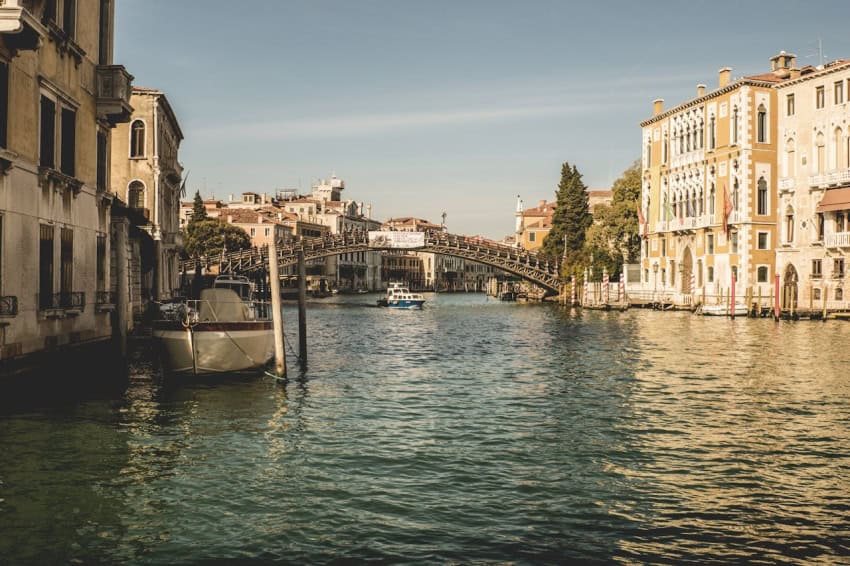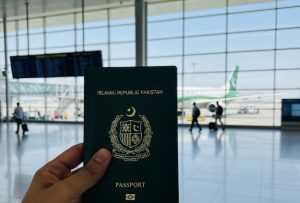VENICE – The government of Venice would now be charging tourists who visit the city to stem the tide of overcrowding on peak weekends.
The authorities had announced a pilot program last year for their long-discussed plan to charge day-trippers to visit the city; the plan has come into force on a trial basis now.
In this regard, signs advising visitors of the new €5 fee for a test phase have been placed outside the different points of arrival.
It has also been announced that the violators would face fines between €50 and €300 but the fee applies only to people arriving between 8.30 am and 4 pm. As per the schedule, the fee will be applied as part of a trial run from Saturday until Sunday, May 5.
Moreover, it will then be imposed every weekend between 8.30 am and 4 pm (excluding June 1 and 2) until Sunday, July 14.
For the information of tourists, it has been announced that they can book tickets and get their QR code via the online payment platform.
When the plan was being discussed at length in November last year, the city council had said that the fee would be charged to try to manage the flow of tourists coming to the historic canals.
It was announced that the admission fee will be applied on a trial basis for 30 days focusing mainly on spring bank holidays and summer weekends when tourism is at its zenith. The official clarified that the fee would only cover the cost of administering the scheme.
The plan was first explored in 2019 but like many other initiatives, Covid also postponed this admission fee implementation but as the social distancing protocols have been lifted, tourists are being drawn to the city with each passing day.
Previously, the United Nations experts warned that Italy’s Venice remains under serious threat, despite the efforts put in by the administration to preserve the fragile ecosystem.
In line with the same concerns, the United Nations’ culture body, UNESCO, had also proposed to include Venice and its lagoon on its World Heritage in Danger list.
UNESCO stated the city had not made enough progress in preventing damage from mass tourism, climate change and development projects but the city was able to escape from the inclusion.
The UNESCO list, which includes 55 endangered sites from across the world, is aimed at increasing conservation, according to the agency, and including a site on the list commits the United Nations to develop a plan of corrective measures jointly with local authorities and then oversee the implementation.














